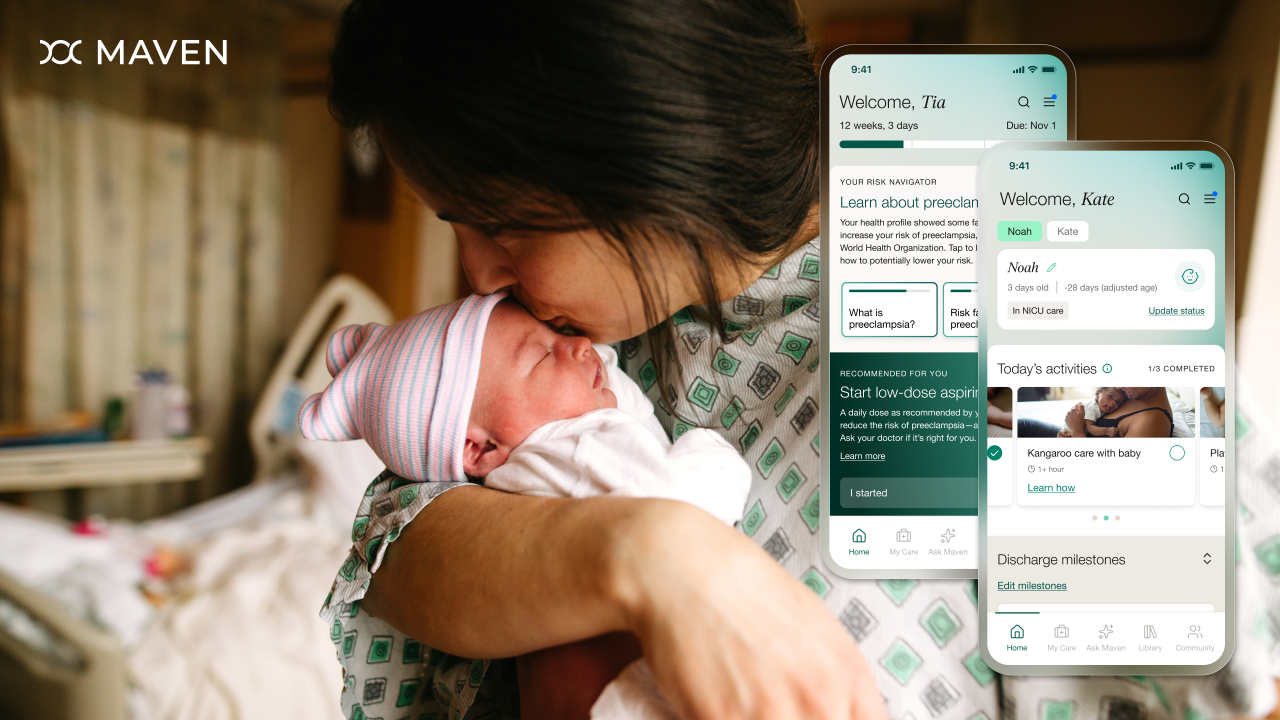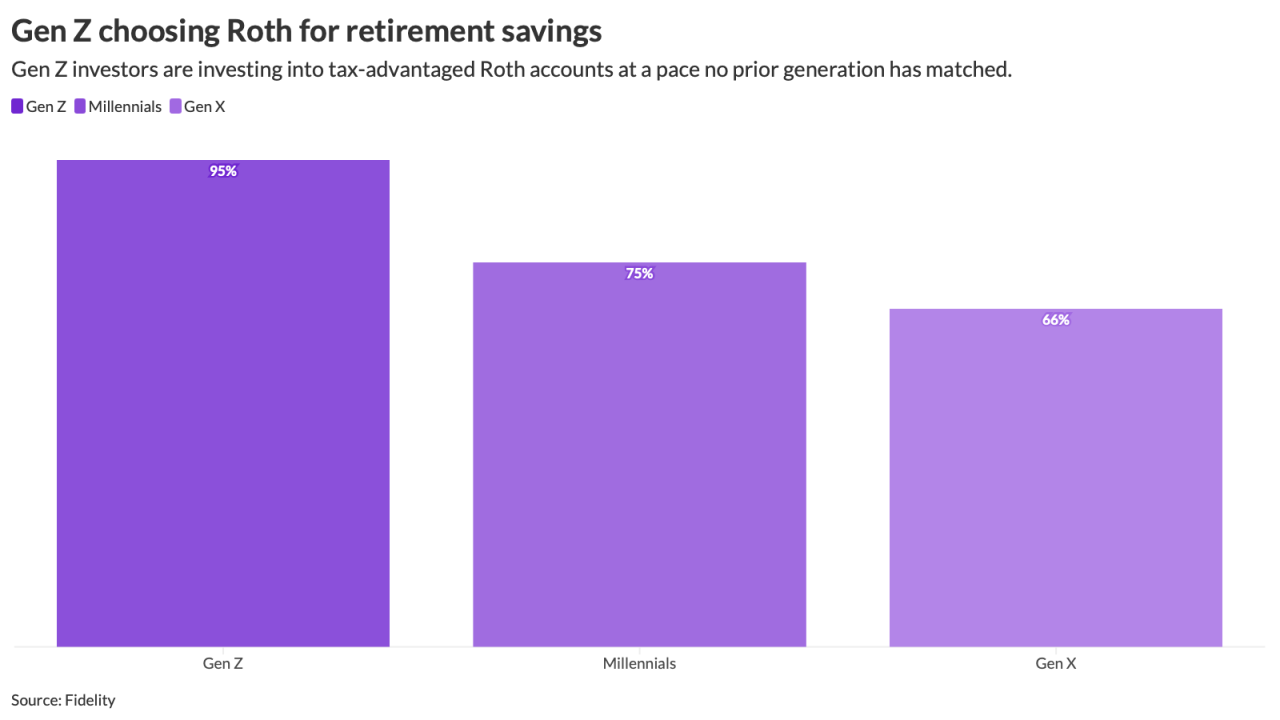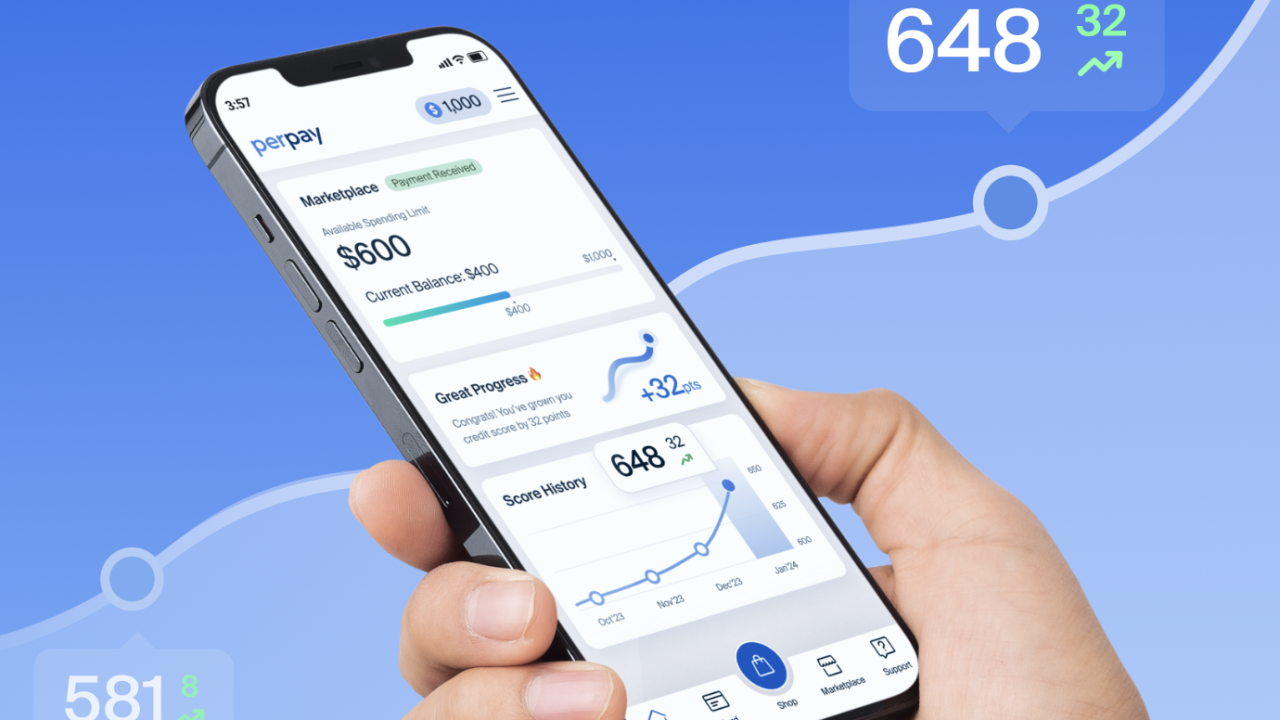The global health crisis and its impact on the workforce has created a need for greater attention to be focused on the support employers provide their employees.
From more flexible work arrangements to healthcare and child care, the benefits an employer extends can profoundly impact the quality of an employee’s life and the course they chart for themselves, both personally and professionally. Yet the process for offering and administering such benefits has not historically matched the speed at which life changes. Whether employees need help with simple changes like a new address or phone number, or major life events like a marriage, birth or death, the benefits experience has often sat as a separate layer to navigate, removed from the actual life experience at hand.
Read More:
As advances in technology have enabled more connection via smartphones and tablets, people have become accustomed to having their needs met in an instant and personalized manner. This expectation can serve as a point of frustration when something as important as their healthcare benefits don’t move at the speed of life. This frustration is often shared by HR teams as well, as outdated benefits processes that don’t work well with modern HR technology can slow down teams whose goal is to support their employees.
As businesses look for ways to better support their employees amid an increasingly tight talent market, leveraging application programming interface-driven technology can help them alleviate any frustrations and ensure the benefits they’re providing are available and easily navigable at the point of need.
The evolution of HCM tech
To meet the needs of the moment, human capital management technology providers are looking for ways to level up the benefits experience. Realizing the value APIs can provide, ADP, for example, is leveraging embedded APIs within its HCM systems to enable direct integrations with benefits carriers, which can streamline the benefits process for employers, carriers and employees alike.
Read More:
The goal is to make benefits enrollment and selection changes take place in real time, replacing a traditionally manual, error-prone process with long wait times before coverage takes effect.
Smart technology allows real-time data exchange with benefit carrier partners to simplify processes and improve the benefits experience. Through real-time APIs, employee changes are fully synced and immediately sent to the carrier on the employer’s behalf, allowing employers to better manage employee data and permitting employees to view updates and changes made instantly.
Increased speed, accuracy and offerings
Systems synced in real time can eliminate the need for HR and finance teams to spend manual hours keying benefit plan information into multiple systems, a process often relegated to bi-weekly or monthly cycles, which can delay coverage dates for employees. Every manual keystroke is an opportunity for an inaccuracy that could unintentionally derail the process and require significant time and effort to resolve.
Read More:
Carrier integrations allow for the automatic transfer of employee benefits and enrollment information, dramatically reducing the chance for errors and saving significant time and effort. Tighter integration also helps eliminate the need for paper forms, which can be onerous to complete and return amid major life events like the birth of a child or the death of a relative. Studies show that return rates for digital forms are significantly higher than paper, which is an indication that people are willing to take the necessary steps, as long as we make it easier for them.
In addition to speed and accuracy, carrier integrations can often expand the breadth of benefits an employer can offer. Businesses can personalize the benefits they offer based on the needs of their unique workforce, from tuition reimbursement and savings programs to employee health and financial wellness, and customized discount programs. A diversified benefits program helps ensure employers are providing their employees with the support they need.
A competitive edge
As employers compete in a tight talent market to fill the many openings nationwide, many are offering incentives like sign-on bonuses or expanded benefits. However, the power of an expanded benefits program comes from the accessibility of its offerings. By leveraging HCM technology with carrier integrations, businesses can extend a more diverse array of benefits at a greater speed.
Read More:
Letting candidates know they’ll be covered from their first day of work can be a powerful motivator not only for recruiting new talent, but also for helping to retain existing employees and reducing turnover. Companies that can offer a quicker, more seamless benefits experience have a competitive edge.
By reimagining benefits administration, frustration with benefits can become a rarity and a strong benefits program can serve as a differentiator in a talent market that demands employers find new, creative ways to stand out.






